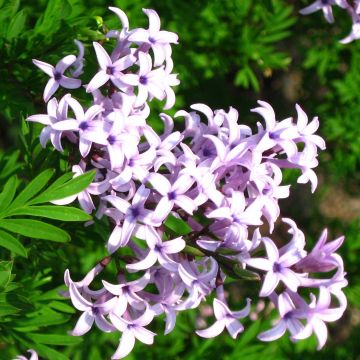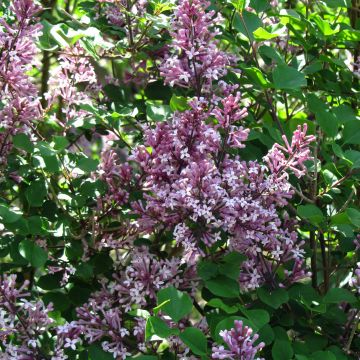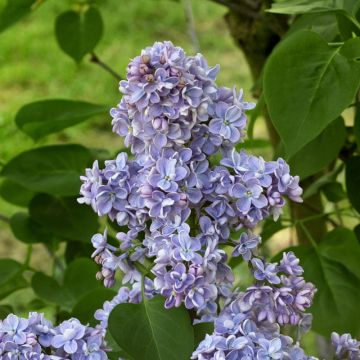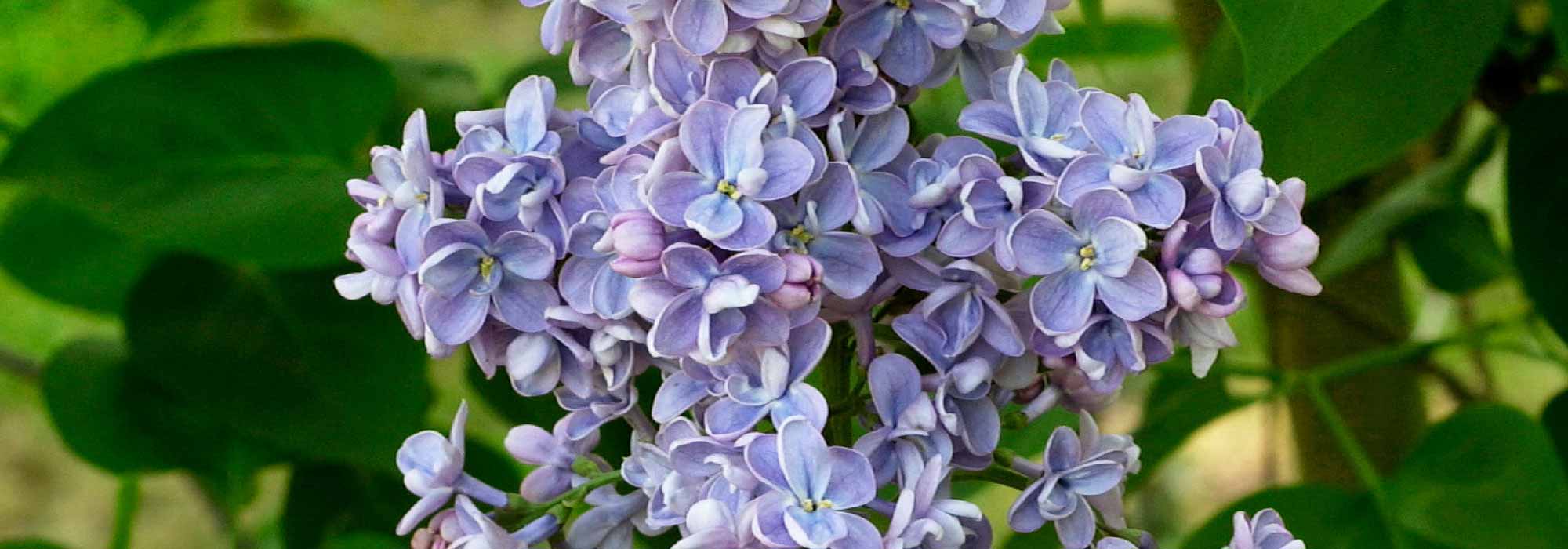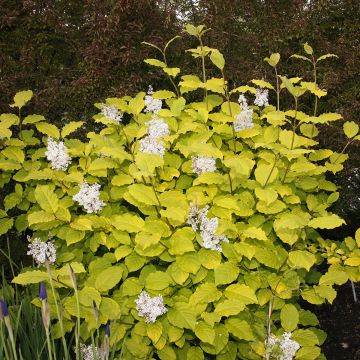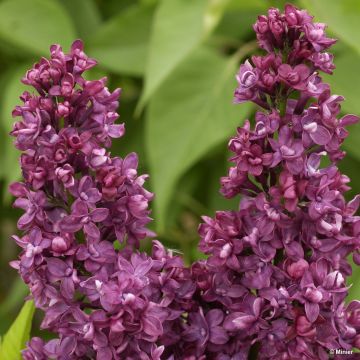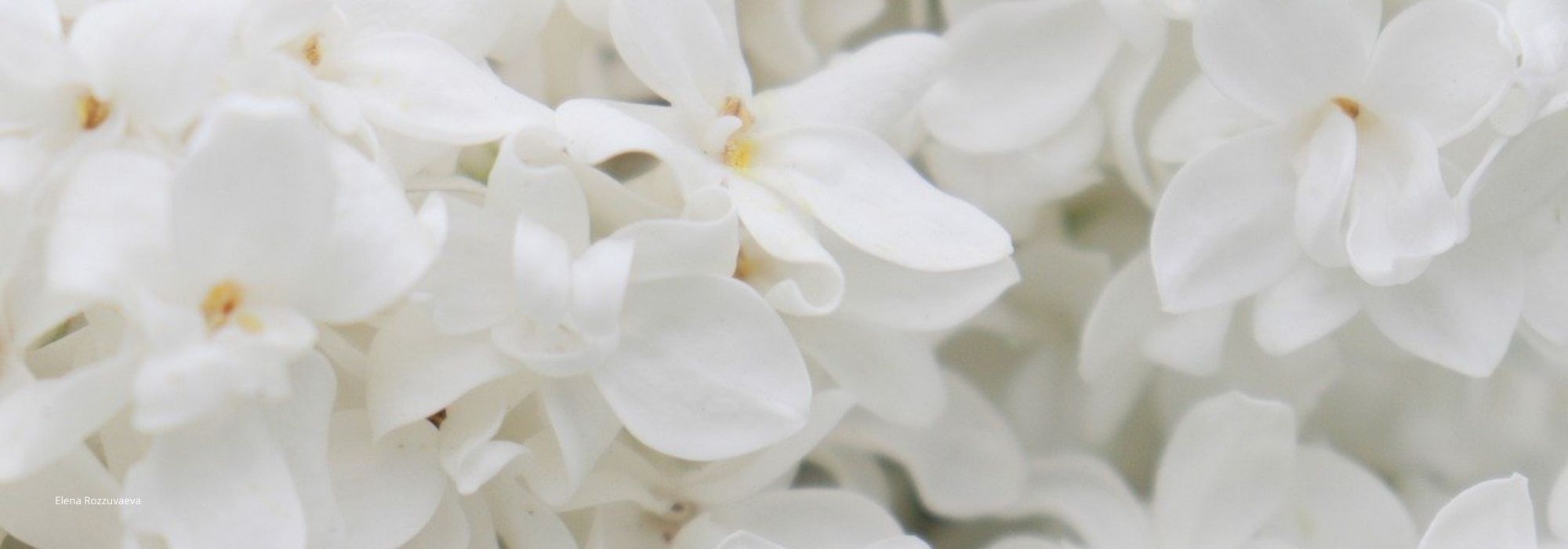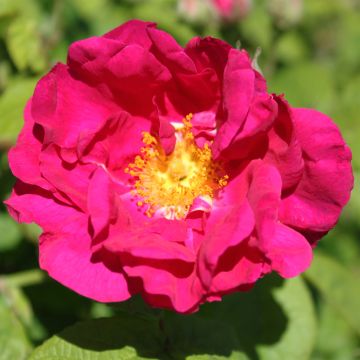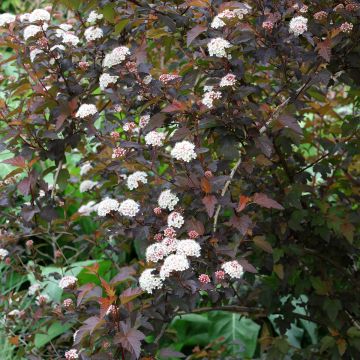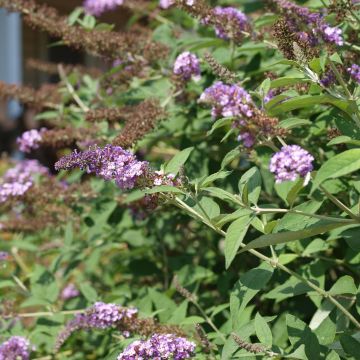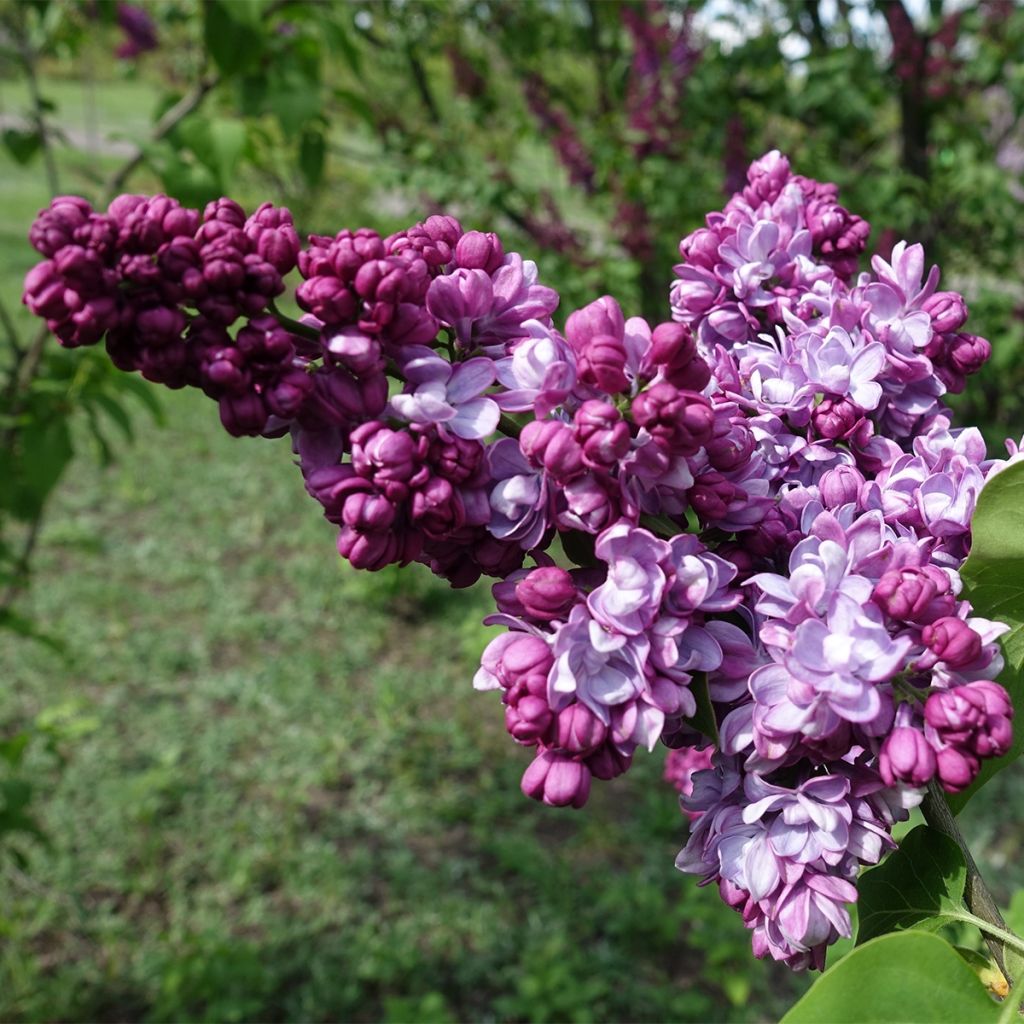

Syringa vulgaris Paul Thirion - Common Lilac
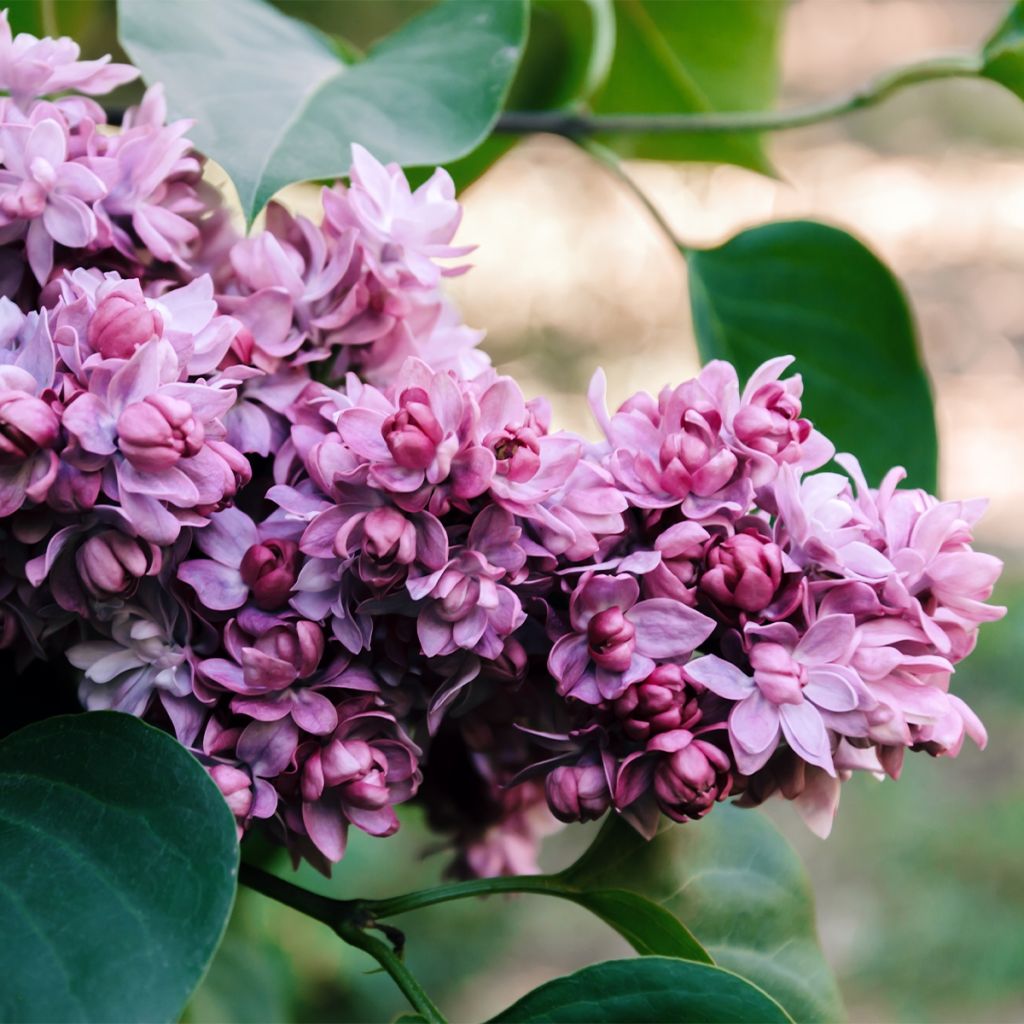

Syringa vulgaris Paul Thirion - Common Lilac
Syringa vulgaris Paul Thirion - Common Lilac
Syringa vulgaris Paul Thirion
Common Lilac, Lilac
Special offer!
Receive a €20 voucher for any order over €90 (excluding delivery costs, credit notes, and plastic-free options)!
1- Add your favorite plants to your cart.
2- Once you have reached €90, confirm your order (you can even choose the delivery date!).
3- As soon as your order is shipped, you will receive an email containing your voucher code, valid for 3 months (90 days).
Your voucher is unique and can only be used once, for any order with a minimum value of €20, excluding delivery costs.
Can be combined with other current offers, non-divisible and non-refundable.
Why not try an alternative variety in stock?
View all →This plant carries a 24 months recovery warranty
More information
We guarantee the quality of our plants for a full growing cycle, and will replace at our expense any plant that fails to recover under normal climatic and planting conditions.
Would this plant suit my garden?
Set up your Plantfit profile →
Description
The Lilac 'Paul Thirion' is a historic French variety that has lost none of its charm. In the spring, it produces beautiful clusters of purple then pink flowers, which give off a very pleasant fragrance. Of medium size, it is just as comfortable in a free hedge as in a cluster of country bushes. Very interesting for making fragrant bouquets, it brings a romantic touch to gardens. This hardy variety is easy to grow and thrives in sun or semi-shade, in any neutral to limestone soil that is not too dry.
Lilacs are part of the Oleaceae family, which includes many ornamental genera, Forsythia, Osmanthus, Phyllirea, Chionanthus, the sweet-smelling Jasmins, the Troenes, the majestic common Ash as well as the venerable Olive tree with its legendary longevity. Fallen into disuse in the 1960s-1970s, when the slender American or Asian lilacs were popularised, the European lilac and its hybrids wth their model size and often perpetual flowering are making a strong comeback in our gardens, like the old roses which were reproached for their single flowering, and were therefore neglected in favour of modern hybrids.
The Syringa vulgaris 'Paul Thirion' is a variety more than a century-old, obtained by the famous Lorraine selector Victor Lemoine in 1915. Lemoine earned a worldwide reputation for his work on many botanical genera, many of which are still cultivated today for their great merit. This Lilac was named in honour of the first director of the Parks and Gardens of the city of Nancy, where Lemoine was to die in 1911. It is often forgotten that the Common Lilac, also known as the European Lilac, is actually native to Southeast Europe and Western Asia, specifically the Balkan Peninsula, and only arrived in Western Europe at the end of the Renaissance. In the wild, this untamed plant with its very fragrant "lilac pink" flowers colonises rocky hills and braves cold winters.
The 'Paul Thirion' variety forms a bush with an erect and rounded habit, reaching a height of 3 m (9 ft 10 in) to 3.50 m (11 ft 6 in) and a spread of 2.50 m on average. It spontaneously forms a bush composed of multiple stems, like the mock orange. Its deciduous, triangular and heart-shaped leaves, 4 to 12 cm (1.6 to 4.7 in) long and 3 to 8 cm (1.2 to 3.1 in) wide, appear in the spring and display a beautiful bright green. The flowering takes place in April-May, sometimes as early as 15 April depending on the climate. At the ends of the one-year-old branches appear long ramified clusters grouped in pairs, or even more. These compound clusters, called thyrses, sometimes reach 25 cm (9.8 in) in length. Their overall pyramidal shape is rather slender. The dark purple flower buds bloom into single pink flowers. They emit a pronounced, very floral fragrance.
The Common Lilac 'Paul Thirion' is an essential bush in a flower garden or a traditional garden. Use it, mixed with other white, mauve, pink or red varieties, in abundance, in large flowering hedges, along with single-flowering roses, Mock Oranges like the Philadelphus Virginal, a large bush with pure white flowers. You can also associate it with the Amelanchier lamarckii, with its starry white flowering, its sumptuous autumnal colours and decorative fruits, or with the Euonymus planipes, a spindle tree with scarlet autumn colours and decorative pink and orange fruits.
Syringa vulgaris Paul Thirion - Common Lilac in pictures
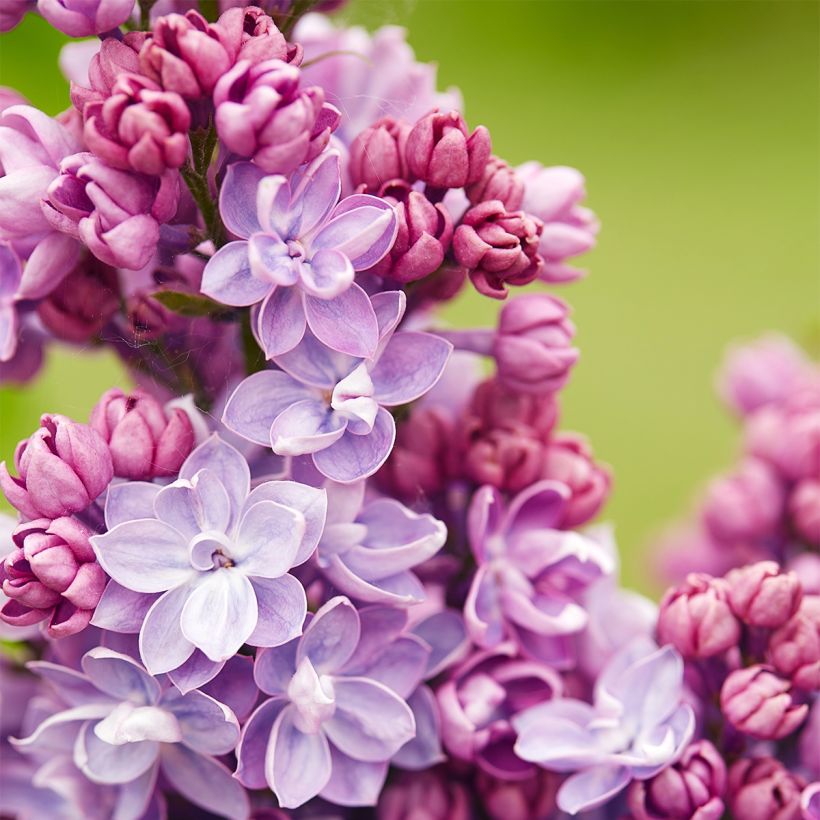

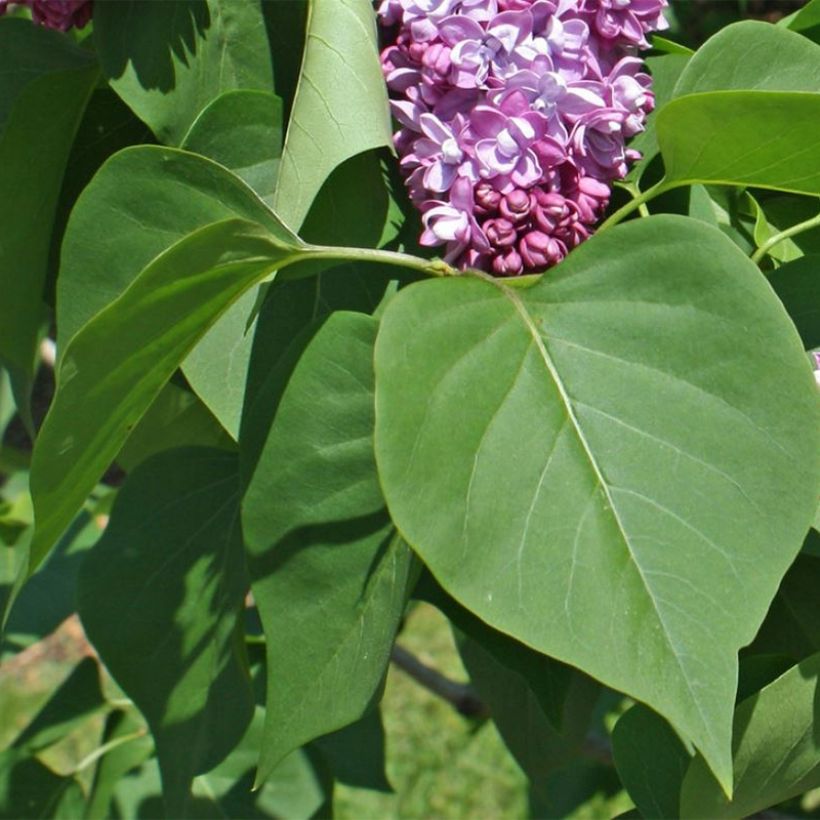

Plant habit
Flowering
Foliage
Botanical data
Syringa
vulgaris
Paul Thirion
Oleaceae
Common Lilac, Lilac
Cultivar or hybrid
Other Syringa - Lilac
View all →Planting and care
The Common Lilac 'Paul Thirion' appreciates being planted in full sunlight, in soil that remains a little damp in the summer, deep, even clay-limestone. It tolerates all types of soil, but prefers slightly limestone soils and fears highly acidic soils. It will grow well in semi-shaded exposure, but the flowering will be reduced. Its hardiness is excellent, beyond -25 °C. Easy to grow, it only requires mulching and regular watering in a dry climate in summer, to maintain a certain humidity.
While the common lilac grows in the Mediterranean, its large-flowered hybrids suffer from a lack of water that disfigures their thirsty vegetation. In any case, water it in the first years in case of marked drought. You can prune the flowering shoots to make beautiful bouquets, or at the end of flowering to encourage the appearance of new flowers and avoid tiring the bush. Avoid severe pruning which limits the flowering of the following spring, unless your Lilac gets too big.
Planting period
Intended location
Care
Planting & care advice
This item has not been reviewed yet - be the first to leave a review about it.
Similar products
Haven't found what you were looking for?
Hardiness is the lowest winter temperature a plant can endure without suffering serious damage or even dying. However, hardiness is affected by location (a sheltered area, such as a patio), protection (winter cover) and soil type (hardiness is improved by well-drained soil).

Photo Sharing Terms & Conditions
In order to encourage gardeners to interact and share their experiences, Promesse de fleurs offers various media enabling content to be uploaded onto its Site - in particular via the ‘Photo sharing’ module.
The User agrees to refrain from:
- Posting any content that is illegal, prejudicial, insulting, racist, inciteful to hatred, revisionist, contrary to public decency, that infringes on privacy or on the privacy rights of third parties, in particular the publicity rights of persons and goods, intellectual property rights, or the right to privacy.
- Submitting content on behalf of a third party;
- Impersonate the identity of a third party and/or publish any personal information about a third party;
In general, the User undertakes to refrain from any unethical behaviour.
All Content (in particular text, comments, files, images, photos, videos, creative works, etc.), which may be subject to property or intellectual property rights, image or other private rights, shall remain the property of the User, subject to the limited rights granted by the terms of the licence granted by Promesse de fleurs as stated below. Users are at liberty to publish or not to publish such Content on the Site, notably via the ‘Photo Sharing’ facility, and accept that this Content shall be made public and freely accessible, notably on the Internet.
Users further acknowledge, undertake to have ,and guarantee that they hold all necessary rights and permissions to publish such material on the Site, in particular with regard to the legislation in force pertaining to any privacy, property, intellectual property, image, or contractual rights, or rights of any other nature. By publishing such Content on the Site, Users acknowledge accepting full liability as publishers of the Content within the meaning of the law, and grant Promesse de fleurs, free of charge, an inclusive, worldwide licence for the said Content for the entire duration of its publication, including all reproduction, representation, up/downloading, displaying, performing, transmission, and storage rights.
Users also grant permission for their name to be linked to the Content and accept that this link may not always be made available.
By engaging in posting material, Users consent to their Content becoming automatically accessible on the Internet, in particular on other sites and/or blogs and/or web pages of the Promesse de fleurs site, including in particular social pages and the Promesse de fleurs catalogue.
Users may secure the removal of entrusted content free of charge by issuing a simple request via our contact form.
The flowering period indicated on our website applies to countries and regions located in USDA zone 8 (France, the United Kingdom, Ireland, the Netherlands, etc.)
It will vary according to where you live:
- In zones 9 to 10 (Italy, Spain, Greece, etc.), flowering will occur about 2 to 4 weeks earlier.
- In zones 6 to 7 (Germany, Poland, Slovenia, and lower mountainous regions), flowering will be delayed by 2 to 3 weeks.
- In zone 5 (Central Europe, Scandinavia), blooming will be delayed by 3 to 5 weeks.
In temperate climates, pruning of spring-flowering shrubs (forsythia, spireas, etc.) should be done just after flowering.
Pruning of summer-flowering shrubs (Indian Lilac, Perovskia, etc.) can be done in winter or spring.
In cold regions as well as with frost-sensitive plants, avoid pruning too early when severe frosts may still occur.
The planting period indicated on our website applies to countries and regions located in USDA zone 8 (France, United Kingdom, Ireland, Netherlands).
It will vary according to where you live:
- In Mediterranean zones (Marseille, Madrid, Milan, etc.), autumn and winter are the best planting periods.
- In continental zones (Strasbourg, Munich, Vienna, etc.), delay planting by 2 to 3 weeks in spring and bring it forward by 2 to 4 weeks in autumn.
- In mountainous regions (the Alps, Pyrenees, Carpathians, etc.), it is best to plant in late spring (May-June) or late summer (August-September).
The harvesting period indicated on our website applies to countries and regions in USDA zone 8 (France, England, Ireland, the Netherlands).
In colder areas (Scandinavia, Poland, Austria...) fruit and vegetable harvests are likely to be delayed by 3-4 weeks.
In warmer areas (Italy, Spain, Greece, etc.), harvesting will probably take place earlier, depending on weather conditions.
The sowing periods indicated on our website apply to countries and regions within USDA Zone 8 (France, UK, Ireland, Netherlands).
In colder areas (Scandinavia, Poland, Austria...), delay any outdoor sowing by 3-4 weeks, or sow under glass.
In warmer climes (Italy, Spain, Greece, etc.), bring outdoor sowing forward by a few weeks.
































